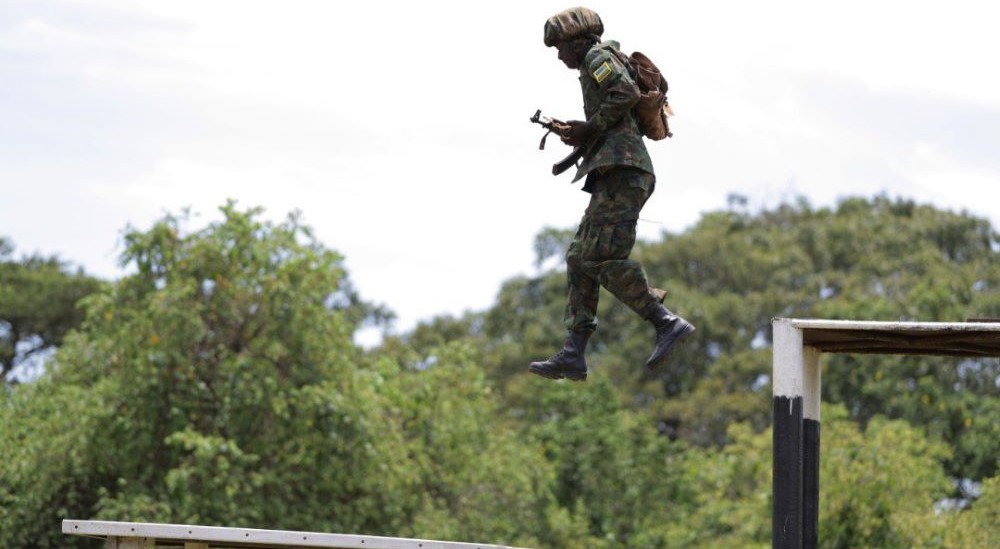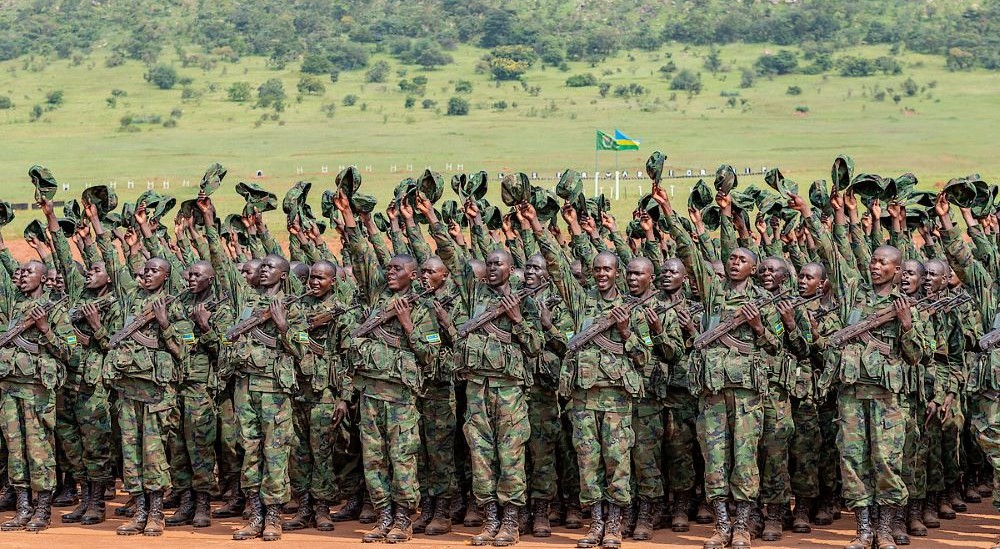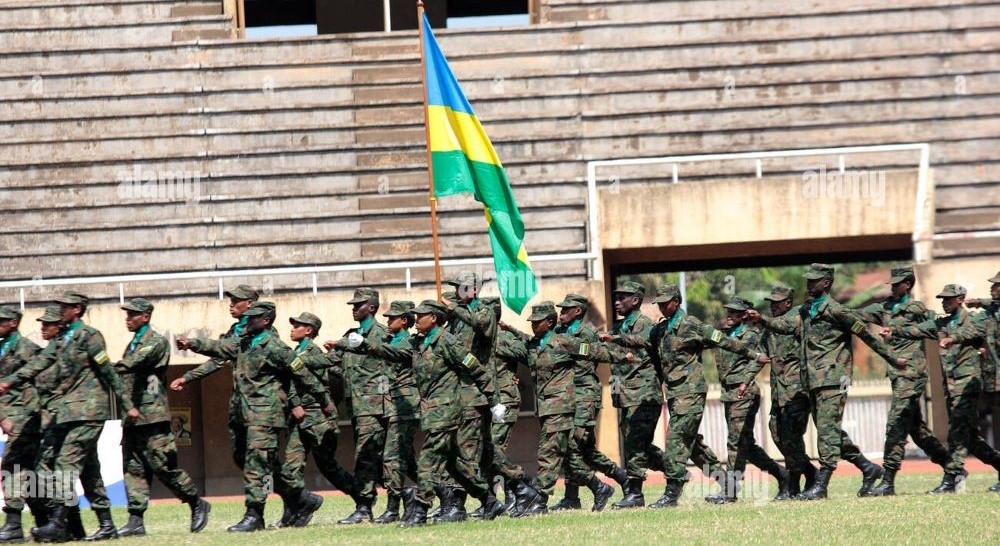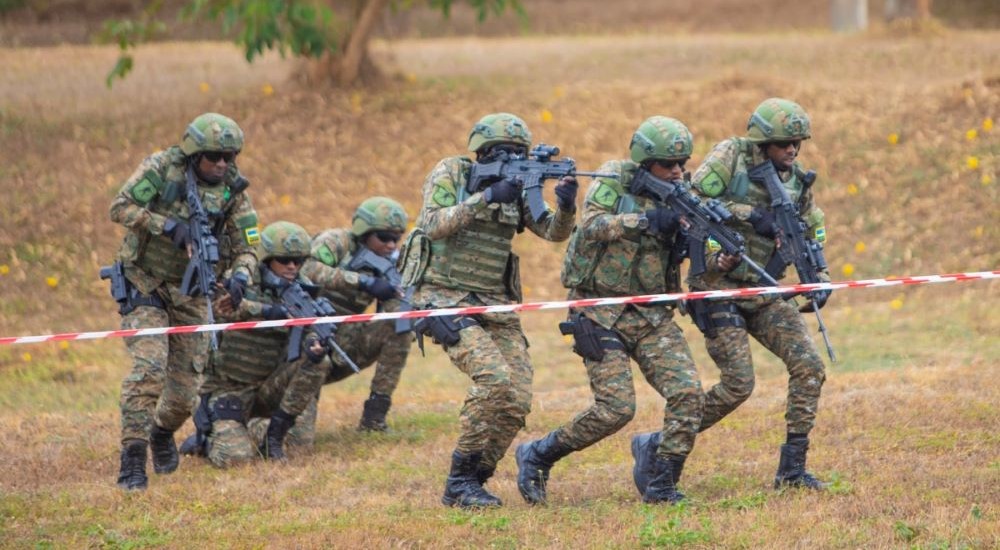When most people think of the army, they imagine a sea of soldiers moving as one, commanded by a single voice. Yet, beneath that line lies a sophisticated chain of command, carefully layered to turn thousands of individuals into a disciplined, unstoppable force.
Rwanda’s latest Presidential Order No. 014/01 of 25 August 2025 opens a rare window into this hidden hierarchy, one the public rarely gets to see.
For the first time in years, the structure of the Rwanda Defence Force (RDF) Army has been spelled out in legal form, stretching from towering Divisions down to six-man sections. And the level of detail is striking.
The building blocks of the Army
The latest Presidential Order defines the Army as being made up of two broad groups including combat formations, the units that directly fight battles and combat support arms, the specialized divisions (like artillery and mechanized units) that back them up.
Within these categories lies a pyramid of hierarchy comprised of Division, the largest formation, capable of commanding thousands of troops, heavy weapons, and logistical support and the Brigade, a flexible unit, often tasked with specific regional or strategic missions.
Next in the hierarchy is a Battalion of 500–1,000 soldiers which serves as the workhorse of operations, followed by a company of 100–200 soldiers balancing agility and impact, and then a platoon of 30–40 soldiers functioning as a tight-knit unit.
The smallest unit of the army is known as Section often 6–12 soldiers, designed for maximum mobility. This layering ensures discipline, clarity in command, and the ability to scale operations from a single skirmish to a national defense effort.

Combat support: The unsung heroes
The new Presidential Order also introduces two powerful supporting divisions which are Artillery and Mechanized Divisions. These areresponsible for shaping battlefields before ground troops arrive and providing speed and strength in ground combat respectively.
These arms rarely make headlines but are crucial for deterrence. As military analysts often say, “infantry may hold the ground, but artillery and armor win the battle”.
Responsibilities beyond war
Interestingly, the law does not only describe how soldiers fight. It also outlines responsibilities that go far beyond combat. These include, among others, working with other security organs to restore public order, responding to disasters both within Rwanda and abroad and contributing to national development.
This can be done through undertaking certain infrastructure projects, as well as participating in peacekeeping missions and international cooperation. This means that while the RDF Army is battle-ready, it is also a critical tool of Rwanda’s diplomacy and development.

Why the hierarchy matters
For an ordinary citizen, the details of battalions and brigades may seem distant. Yet, they explain why the RDF is known internationally for its discipline and efficiency. For instance, according to the new law, each layer is designed for accountability and specialization, no soldier is too far from a commanding officer, and no commander is left without support.
The hierarchy also reflects Rwanda’s adaptability. In an age where threats are unpredictable, from cyber-attacks to natural disasters, having a flexible army structure ensures quick responses to any emergency.
The invisible order
What the Presidential Order reveals is not just a structure but a philosophy, order, discipline, and preparedness at every level. Whether in a huge division or a tiny section, every soldier knows their role, and every commander knows their responsibility.
To the public, it may simply look like soldiers marching in unison. But in reality, what you are seeing is the visible tip of a much larger, well-ordered pyramid, one that guards Rwanda’s sovereignty from the ground up.

